More results...
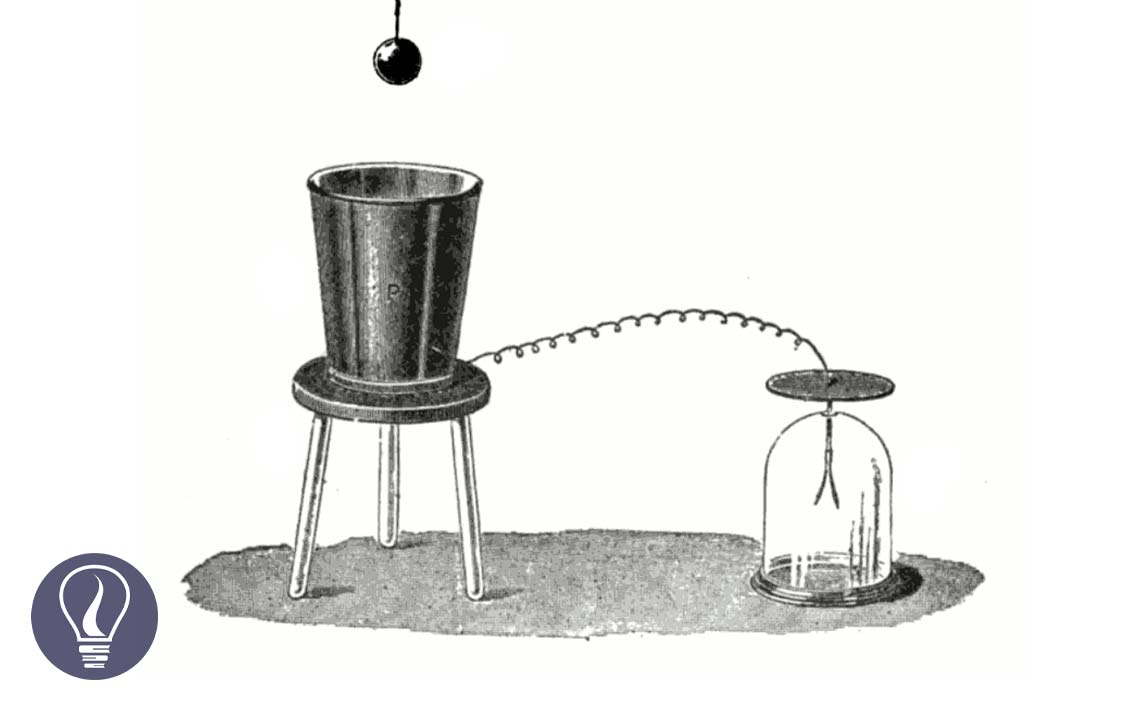

Faraday's ice pail experiment is a simple electrostatic experiment, that explains the charge distribution of a conductor.
Faraday's ice pail experiment gives two conclusions.
A neutral metal ice pail is placed on a neutral gold leaf electroscope. Since both the ice pail and the electroscope are neutral, the two gold leaves do not show any divergence.
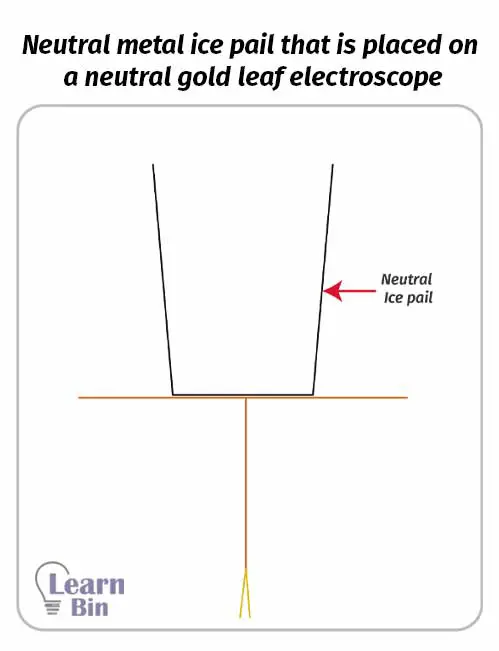
A conducting sphere tied with an insulating string is inserted into the ice pail in a way that does not touch the ice pail. At this stage, the two gold leaves show a divergence. If a positively charged sphere is inserted into the ice pail, negative charges in both the ice pail and the electroscope gather to the inner side of the ice pail.
A high amount of positive charges remain in the outside of the ice pail and gold leaves. Therefore, the ice pail can be seen as a positively charged object from the outside.
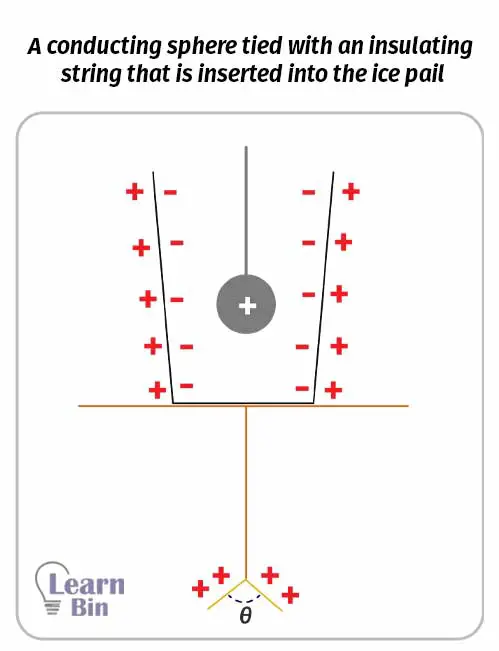
The conductive sphere moves around so that it doesn't touch the ice pail. Finally, the sphere is touched by the ice pail. Even after the metal sphere touches the ice pail, the angle between the two gold leaves remains the same. When touching the ice pail, the metal sphere is neutralized.
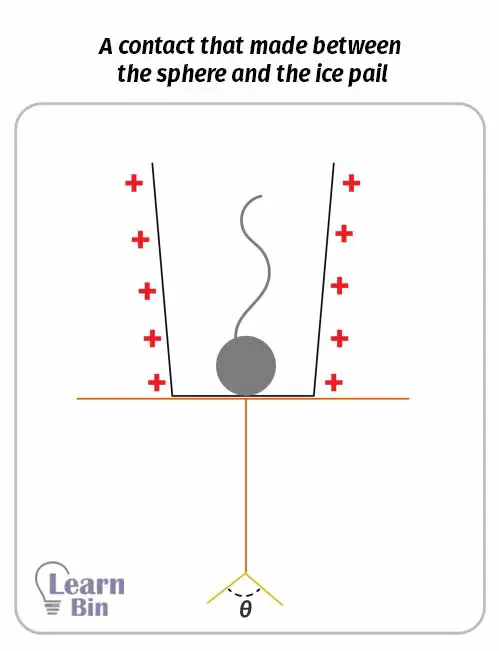
The metal sphere is taken away. We can check whether the metal sphere is neutral, using another gold leaf electroscope. Even after the metal sphere is removed, the electroscope shows the same angle as before. This is because the charges gathered outside the ice pail.
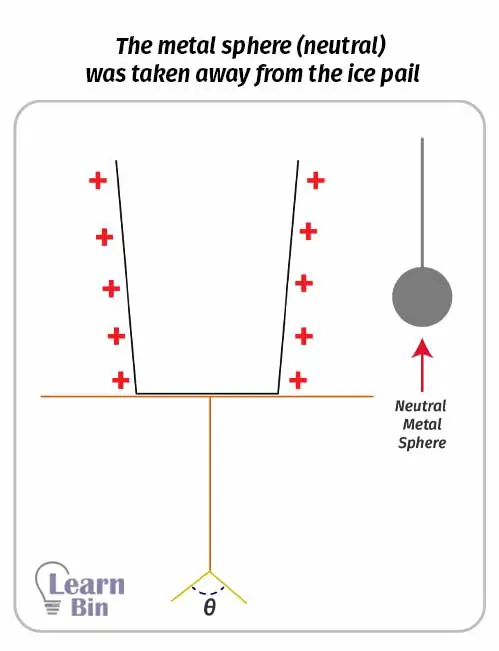
When the metal sphere touched the ice pail, the sphere was neutralized. The angle between the two gold leaves does not change. So, we can conclude that the charges inside the ice pail are exactly enough to neutralize the sphere.
These charges, initially, are induced because of the charge of the metal sphere. Therefore, it can be concluded that the magnitude of the inductive charge is equal to the magnitude of the induced charge.
Even after the metal sphere is removed, the gold leaves show the same angle as before. This is because the charges gathered on the outside of the ice pail. Therefore, it can be concluded that charges exist only on the outer surface of a conductor.

The cover image was designed using an image, licensed under the public domain, via Wikimedia Commons